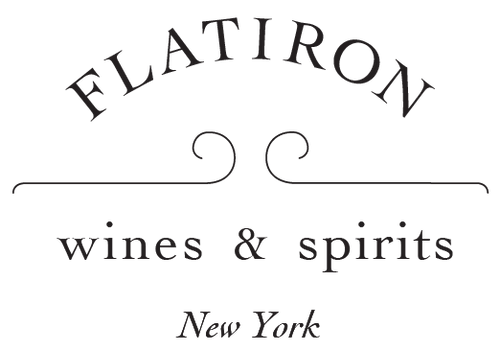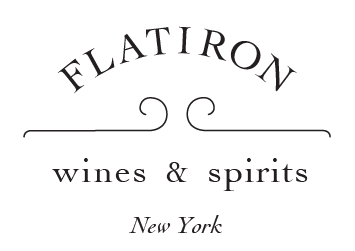chepika
Pascaline Lepeltier is a Master Sommelier with, obviously, amazing wine chops where traditional wine is concerned. But she's also one of the rare wine-world superstars who can change how we think about–and taste–wine. She did... Read More
Pascaline Lepeltier is a Master Sommelier with, obviously, amazing wine chops where traditional wine is concerned. But she's also one of the rare wine-world superstars who can change how we think about–and taste–wine. She did that recently with her book, "The Dirty Guide to Wine," and she's doing it again with the release of a new wine she and Nathan Kendall have made that turns much of what we know about wine on its head.
For years, we've obsessed over grape diversity and regional specificity. Wine geeks have moved away from Tuscan Cabernet and started to celebrate lesser known Chianti grape varieties like Colorino. We've traveled to the Canary Islands, Corsica and even Georgia to find wines made from indigenous, previously unknown grapes (to us, at least).
The New World has been excluded from this authenticity party. Our grapes are imported, usually from France. Right?
Not quite. A hundred years ago, it was actually quite common to make wine, at least here in the Northeast, from indigenous North American grapes like Delaware and Catawba. Today those grapes go into grape juice and mass-produced sweet wines, but back in the day, from about 1820 up to Prohibition, Finger Lakes producers used them for wines – usually sparkling or fortified – that were serious, even world-renowned. Then prohibition decimated the local wine industry. Our indigenous grapes can be counted among its victims.
But Pascaline and Nathan have revived this glorious past. Their project is called chëpika, a word in the Lenape language that means "roots." Starting with the 2016 vintage, they've produced sparkling wines from two indigenous grape varieties, Delaware and Catawba, grown organically near Keuka Lake. These aren't champagne method, but the all-natural methode ancestrale–basically hyper-local Pet-Nats.
But here's the most amazing part of this story. All those grapes mentioned up there in the second paragraph–from Chianti, Corsica, Canary Islands and even Georgia–all belong to the same species, vitis vinifera. But North America's native are vitis lambrusca: a totally different species. Now that's diverse!
Pascaline and Nathan have started small, and there are just a few cases around. We highly recommend trying a bottle of each, not just because they're tasty, but also to visit a bit of our history and support a very worthy heritage project. The wines aren't cheap – such small-scale production will never be cheap – but for such a wonderful, unique experience, we think they're great values.



